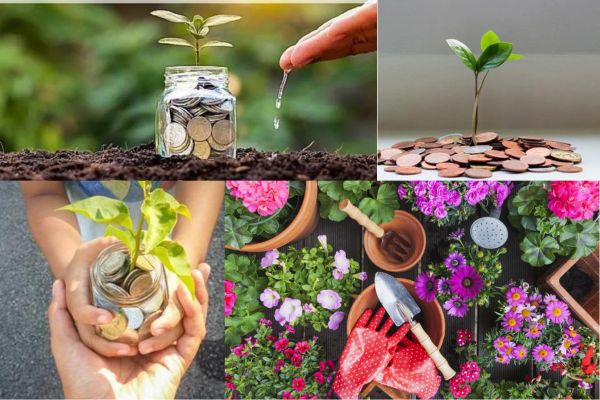Gardening or Buying plants has been a common thing among people. As there is a popular saying “Plants Make People Happy”. Yes, plants do make people happy in many ways, as being surrounded by greenery can provide a feeling of peace of mind and happiness. In the time of feeling alone or lonely, the emotional connection formed with plants might give you peace.
While gardening can be satisfying, and enjoyable, we should also remember that it can be expensive if not maintained properly. Gardening can be expensive, from buying plants and seeds to investing in gardening tools, soil fertilizers, and many more.
Therefore, today through this article, we will discuss how we can enjoy gardening, buy plants at effective costs, and save money.
Here are the 10 ways to save your money while buying plants-
1. Buy Small or Starter Plants:
Buying a smaller plant can help you in saving your money, these plants are usually more affordable than the mature ones. Small plants are beginner-friendly and are also priced lower than fully grown ones. When you buy small plants, it requires less expensive flower pots or planting materials, which ultimately helps in minimizing costs.
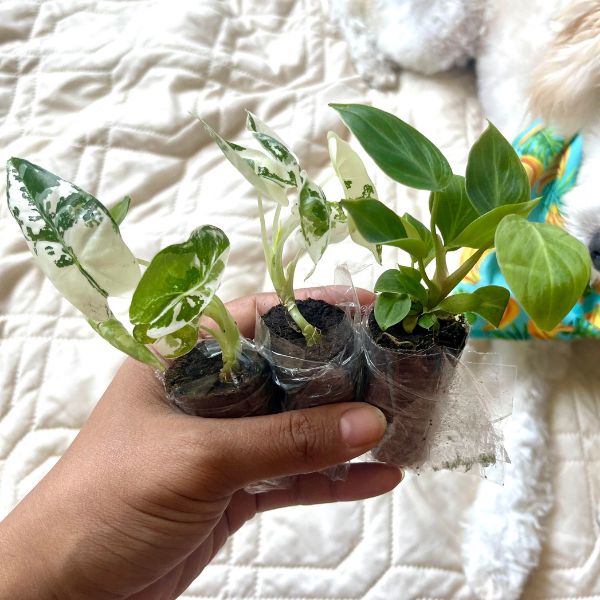
These plants are easily adaptable, and they require less space, which is suitable for smaller gardens, balconies, or anywhere indoors.
2. Buy Plants In Bulk:
Buying plants in bulk can be another smart way of saving your money while gardening. Many people buy plants one at a time mostly, which can turn expensive, whereas, if you buy plants in bulk, or in a larger quantity, then the per unit cost of each plant might be reduced. Moreover, you might know that many wholesalers, or nurseries give discounts to customers who purchase the plants in larger quantities.
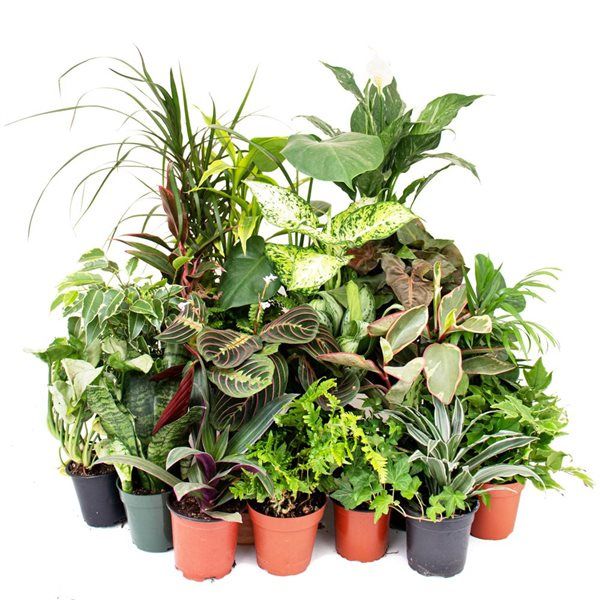
If you buy plants in bulk, then it also minimizes the cost of transportation and shipping charges. Not only in saving money, but also, it helps in saving your time. Gardeners can acquire a larger number of plants for the same budget when buying in bulk maximizing the value of their investment.
Purchasing a large quantity of plants in a single order reduces the need for multiple shopping trips, saving time and effort for gardeners.
3. Re-use and Re-Purpose Container:
Reusing flower pots or containers is an eco-friendly way of saving money, and also provides many uses or benefits to the environment. Reusing the same pot is very cost-effective, instead of buying new pots every time, reuse the existing pots you have in your home which will ultimately help to minimize your cost and gardening expenses too.
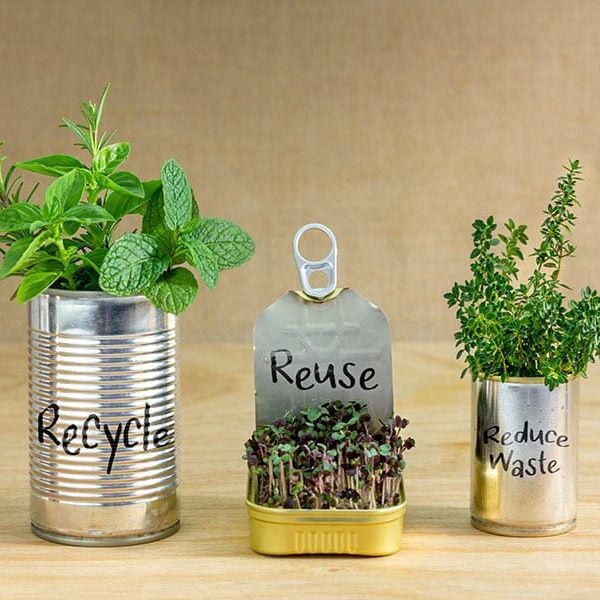
Further, you can give a new look to your old pots/containers, and also offers an opportunity for creative expression. Moreover, before throwing away your old flower pots after one use, you can transform them, giving a personal touch without spending more money on other decorative containers.
4. Invest in Perennials:
Perennials are those plants that live for a longer time i.e. more than two years, compared to the other one. If you enjoy buying plants and having them end year after year in the garden, then investing in Perennial plants will be a better option.
Indeed, it also helps in saving money as it has longer lifespans than the annual plants. Apart from saving money, perennials have many advantages including ecosystem benefits, adaptability, Low maintenance, seasonal variation, and many more.
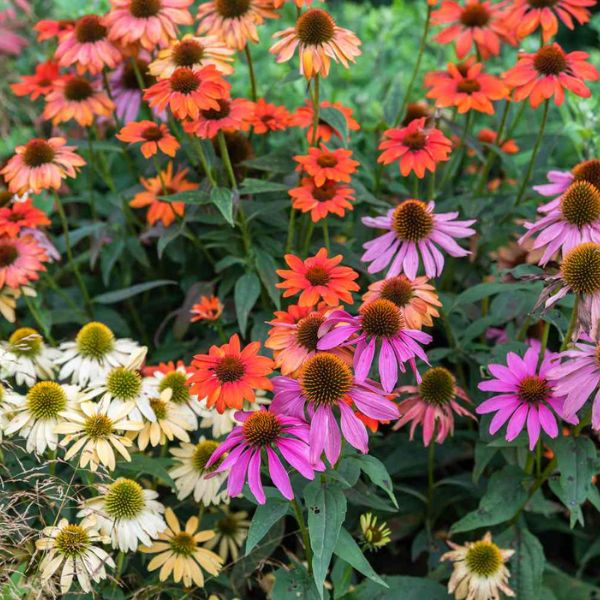
However, Perennials might cost you more than the annuals, but once they are planted in your garden, the plants will grow, and will come back effectively with lots of blooms and might with fruits. As a result, you save money throughout the years, by not having to buy annual plants every year.
5. Composting:
Fertilizing your plants or garden can be pretty expensive. To this, composting or decomposition will be an environment-friendly, natural, and cost-effective process in gardening. It is the process of decaying organic materials like leftover food, recycling organic materials, and manure. You can use this compost for your plants and gardens rather than buying expensive chemical fertilizers, which will help save you money.
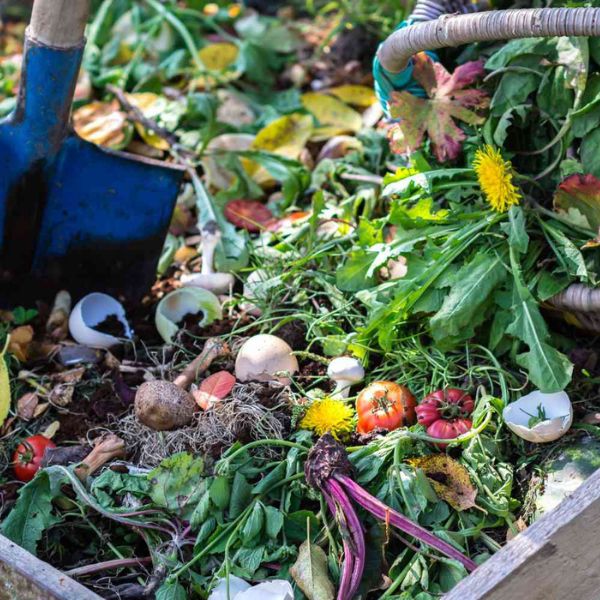
You can make your own homemade compost by the following-
- Choose a proper location, and keep a compost container.
- You will require green and brown organic material, where green material includes, fruit/vegetable peels, coffee grounds, and Kitchen waste, and brown materials include dry leaves, newspaper, wood chips, etc.
- Add by layering brown material on the bottom of your compost bin, then add a layer of green materials on the top, and continue layering brown and green materials alternatively.
- Next, add water and make sure that the material is moist and not waterlogged.
- Keep checking on the compost and ensure that the material is damp and oxygenated.
- As per your compost bin, your homemade compost will be ready in between a few months to a year. If your compost is dark, soft, and smells earthy, then it is ready for use.
6. Grow from Seeds:
Growing plants from seeds is another effective measure for saving your money while gardening. It is because seeds are affordable and less expensive than buying bigger or mature plants.
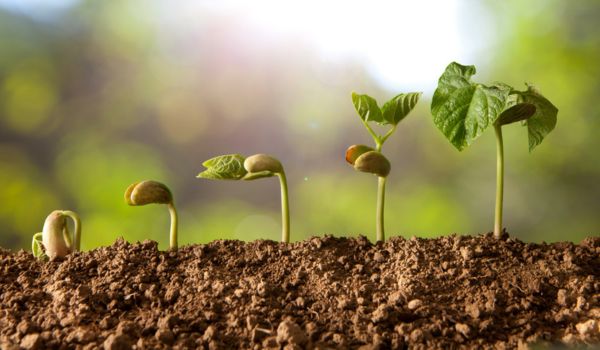
This not only saves money but also gives you a greater variety of plants, creates a better understanding of the plant life cycle, and gives joy and satisfaction as you can see the small seeds grow into beautiful plants in your garden.
7. Propagation:
Propagation is the process of reproducing plants from many sources which includes seeds, cutting, division, and implant. It is also one of the cost-effective ways for gardeners which will help in saving you a lot of money. This method will avoid the need to purchase new plants, however, this might require initial time and effort, but the long-term savings are significant.
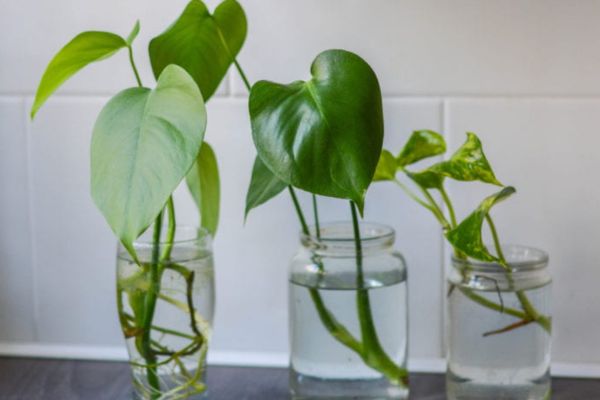
Once it is planted the propagated plant continues to grow and reproduce providing an ongoing supply of free plants for future gardening projects.
8. Buy Plants Off Season:
Buying plants off-season is one of the clever ways to save money and expand your garden, as they sell the plants at discounted and reasonable prices as compared to other days.
9. Planning:
You will need proper planning while gardening, you have to decide on what type of plants you need and where to place them. Search for plants that are suitable for your location and set a budget on how much you are ready to pay for a plant. Making proper planning on your budget can help you choose your purchase and avoid overspending.
10. Swap and Share Plants:
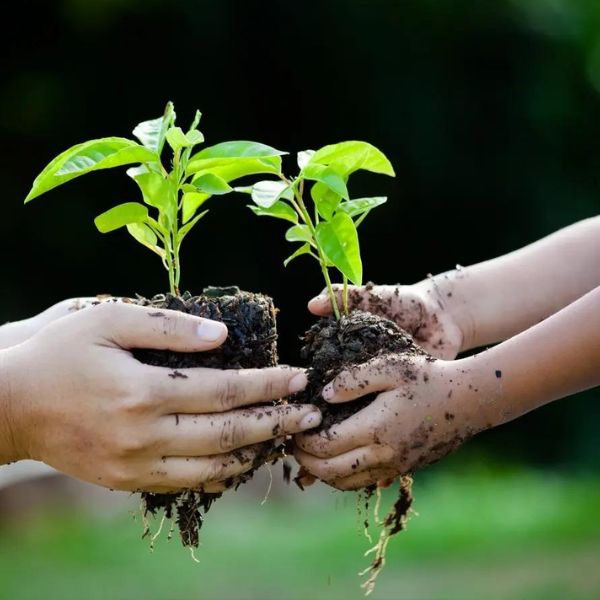
Swapping and Sharing Plants allows gardeners to get new plants without spending any money. You can exchange plans with friends, family, or other gardeners instead of buying plants from nurseries.
Also Read: Everything You Need To Know About Growing Magnolias In Containers
FAQs
1. Does buying plants in bulk cost you cheaper?
Yes, buying plants in larger quantities costs you cheaper, and more affordable, making it cost-effective for your gardening.
2. How to save money when buying plants?
There are many ways that will cost you cheaper when purchasing plants for your gardens like buying a larger quantity, purchasing in the off-season at discounted prices, propagating plants, buying seeds, exchanging plants among friends, and many more.
3. How can I save money on plant containers and pots?
You can save money on flower pots by reusing the existing pots you have in your home and also can give a personal touch to them. Moreover, you can also purchase second-hand items.
